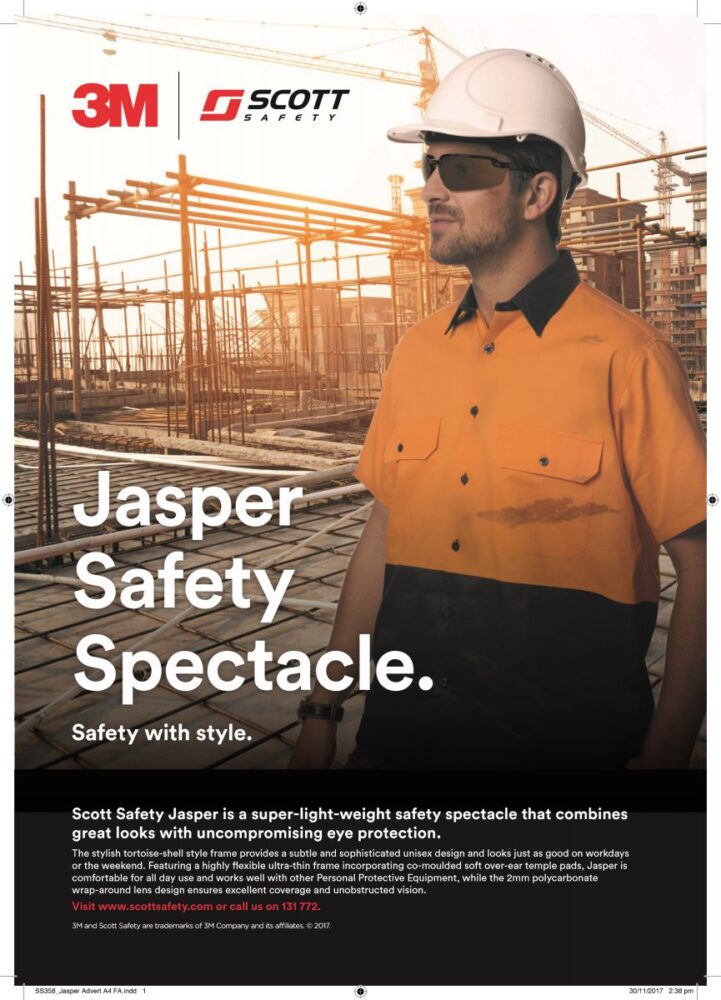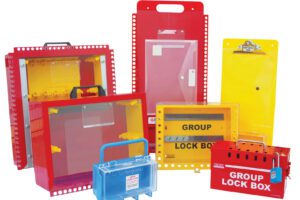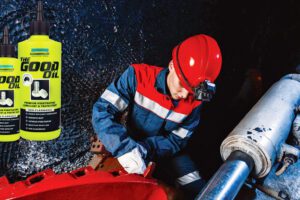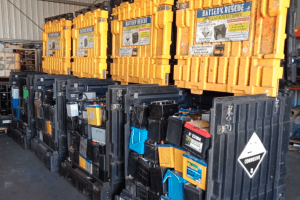It’s clearly recognised we need clean air to survive and that exposure to toxins could cause irreparable damage to our health, but sometimes respiratory risks are not obvious with damage to lungs occurring over a long period of time, which is why choosing suitable respiratory protection is important for worker health.
The following steps can help ensure a safe respiratory working environment;
- Undertake a risk assessment to identify hazards and remove or reduce the hazard where possible. If not possible, appropriate RPE will need to be selected and implemented, to prevent inhalation of contaminated air.
- Clearly defined selection steps must be followed to determine the type of RPE suited for the job and contaminant.
Respiratory protective devices are classified into two main groups; Air Purifying Respirators (Filtering devices) and Air Supplied Breathing Apparatus. Where an Immediately Dangerous to Life and Health (IDLH) atmosphere is identified, air purifying respirators/filtering devices are not suitable and self-contained or air supplied breathing apparatus must be used, due to the risk of oxygen displacing gases or other hazards where a filter may not provide appropriate protection.
RPE are given a Protection Factor (PF), which is a measure of respiratory protection device efficiency, i.e. if the content of a substance on the inside of the mask is one twentieth of what it is in the ambient air, the respiratory protective device is said to have a Protection Factor of 20.
Recognised Protection Factors:
- Disposable respirators (PF Up to 10x)
- Half face respirators (PF Up to 10x)
- Full face respirators (PF Up to 100x)
- Powered Air Purifying Respirators (PF Up to 100x dependent upon mask or face piece).
In addition to identifying the hazard, AS/NZS 1715:2009 states that;
- All users must be trained to use RPE
- RPE must fit properly to prevent leaks
- Fit-testing must be done before first wearing RPE
- Beards, moustaches, sideburns, stubble & long hair are not allowed when wearing a mask
- Cleaning and maintenance of RPE is required
Air Purifying Respirators
Air Purifying Respirators (APR) filter or purify air when drawn or inhaled through the filter media, and are suitable in:
- Areas where contaminant levels are low and the contaminant is known
- Suitable filters are available
- Other engineering controls are not possible.
Air Purifying Respirators (Filtering devices) are NOT suitable in:
- IDLH areas
- Low oxygen areas (less than 19% oxygen content in the atmosphere)
- Where contaminants are unknown
- Where contaminants have poor warning properties (e.g. odourless gases).
Half Face and Full Face Respirators are offered in a variety of sizes to suit most face sizes and shapes.
Ready-packs are a popular option, where the respirator (mask) and filters are packaged together, usually in a re-sealable container, which is a great way to store the mask between uses and minimise contamination. For example; Scott Safety offer Ready-Pak’s that are named for the common hazards user need to deal with;
- Asbestos & Dust (with P2/P3* particle filters) for bonded asbestos removal work or other general workplace particulates such as silica, wood and metal dusts
- Spraying (with A2P2/P3* combination filters) for protection from organic gases and particulates
- Multi Gas & Chemical (with ABEKP2/P3* combination filters) for protection from organic, inorganic, acid gases and ammonia as well as particulates.
Additional benefits of full face respirators;
- P3 level particulate protection when using appropriate particulate filters
- Class 2 gas filters readily available to handle up to 5,000 ppm contaminants
- Eye and splash protection ‘built-in’.
These features make full-face masks ideal for industries such as; defence, emergency services, smelters, land remediation, asbestos removal, pest control/fumigation, aeronautical and chemical manufacturing.
Powered Air Purifying respirators (PAPR’s); these devices include a blower that draws contaminated air through filter/s to remove contaminants, supplying purified air to the user wearing either an open head top (loose fitting hood) or tight-fitting face mask.
Like full and half face masks, PAPR’s are also available in ready-packs to simplify the respiratory selection process.
Scott Safety offers the Proflow PAPR in Ready-Paks.
The benefits of a PAPR are:
- Protection factors up to 100x
- Good option if using for long periods by reducing the weight of a filter on a face mask
- Helps prevent user fatigue with cooling air moving around the head and face
- Available with a wide range of open and closed head tops (hoods & masks).
These features make PAPR’s ideal for industries such as; asbestos removal, pharmaceutical manufacture, smelters, waste control, land remediation, welding and agriculture.
*P2 when used with Half Face respirator & P3 when used with Full Face respirator (AS/NZS 1716:2012)














Add Comment